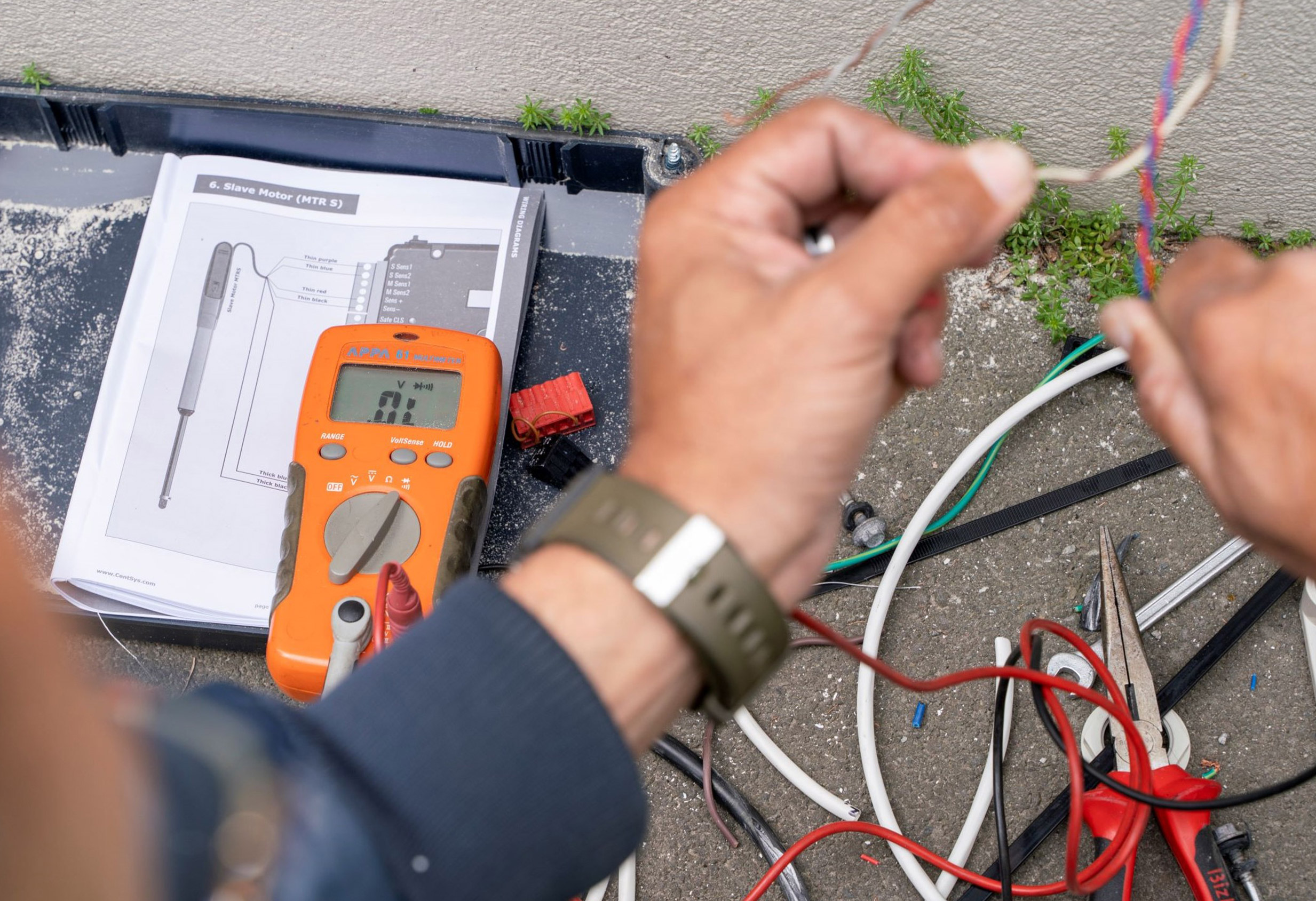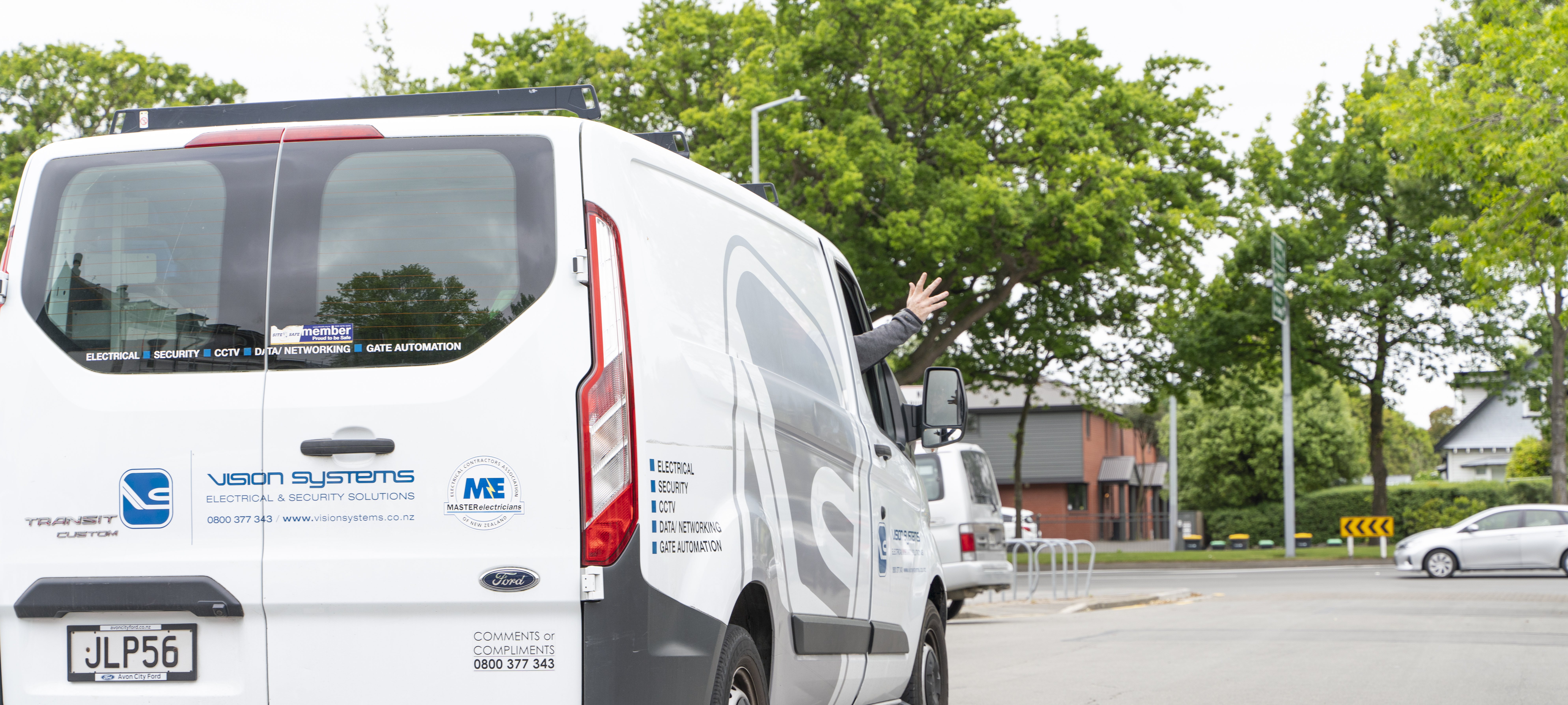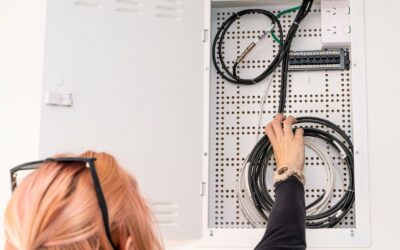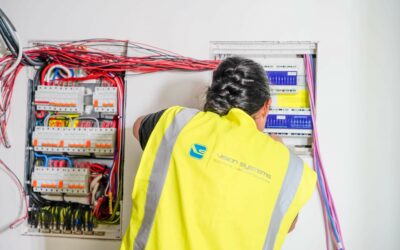Safety Assurance: The Foremost Priority of NZ Electrical Standards
New Zealand’s electrical standards, outlined in various Electrical Codes of Practice (ECPs), play a vital role in ensuring safety in electrical installations. These standards, issued by WorkSafe under the Electricity Act 1992, lay down strict requirements for individuals involved in electrical work. These requirements cover a wide range of areas including training, qualifications, design, construction, operation, and crucial safety measures aimed at protecting both people and property. Such guidelines act as a shield against electrical shocks, fires, and related hazards that could endanger lives and damage property. The main goal of these standards is to create a culture of safety and awareness, thereby significantly reducing the risks associated with electrical installations.
The design of these standards helps address various potential electrical hazards while providing a clear path for compliance and regulatory oversight. One of the key elements in this safety design is the requirement for the use of Residual Current Devices (RCDs). These devices are engineered to quickly disconnect the electricity supply when a fault is detected, thus substantially reducing the likelihood of serious electric shocks. The standards are not static; they are updated periodically to reflect the changing landscape of electrical practices and technologies. For instance, an amendment in 2018 further strengthened the safety measures to ensure the well-being of both individuals and property.
Compliance with these important standards is a legal requirement for all suppliers and manufacturers of electrical products in New Zealand. This compliance regime includes meeting the essential safety standards, showcasing regulatory compliance marks, and adhering to other specified regulations. Such a structured approach ensures that only safe electrical products reach the consumer market. The standards also play a crucial role in identifying and managing electrical risks, which might cause death, shock, or other injuries either directly or indirectly due to electricity. They provide a well-defined framework for managing contact with exposed live parts to prevent electric shocks and burns, and meticulously address faults that could lead to fires. The referenced standards and regulatory frameworks highlight the importance of adhering to NZ electrical standards and significantly contribute to fostering a culture of safety, which is vital in the realm of electrical workmanship.

Legal Compliance, Consistency, Reliability, and Quality Assurance: Pillars of Electrical Standards
The incorporation of Legal and Regulatory Compliance, Consistency, Reliability, and Quality Assurance into the electrical standards of New Zealand underpins a structured and safe framework for electrical work. These facets are interconnected and pivotal for maintaining high standards in electrical installations and services across the nation.
Legal and Regulatory Compliance in electrical work in New Zealand is chiefly governed by the Electricity Act 1992 and the Electrical (Safety) Regulations 2010. According to these laws, all electrical installations and works must adhere to fundamental safety requirements and any applicable standards. These regulations ensure that all electrical products meet high quality and safety standards, aiming to mitigate risks associated with electrical installations and appliances.
Consistency in electrical work standards is ensured through various New Zealand Standards (NZS) and Australian/New Zealand Standards (AS/NZS). For instance, all electrical work on installations must comply with AS/NZS3000:2007, which also references other standards depending on the type of installation. Licensed electrical workers have access to these standards through online portals, ensuring a uniform approach towards electrical work across different regions of New Zealand. This consistency is further echoed in the Certificate of Compliance (CoC), which indicates that the work done is electrically safe and carried out in accordance with New Zealand’s electrical safety standards and codes.
Reliability and Quality Assurance are interlinked aspects aimed at ensuring that electrical installations function optimally and safely over time. Various standards, such as AS/NZS 5139 and AS/NZS ISO 9001:2016, guide the design, installation, and maintenance of electrical systems and products to ensure their reliability and quality. The Security and Reliability Council also advises on the reliability of supply issues and the performance of the electricity system. Quality Assurance testing of equipment parts is part of the standards, ensuring that they meet the safety and operational requirements. These measures help in identifying any anomalies in the electric system which could adversely affect the normal working state of any electrical/electronic equipment, thus ensuring the efficiency, reliability, and safety of electrical installations.


Compatibility, Innovation, Environmental Considerations, and Training in NZ Electrical Standards
New Zealand’s (NZ) electrical standards play a crucial role in ensuring compatibility across various electrical systems, devices, and components. These standards are harmonised to facilitate interoperability, enabling different devices and systems from distinct manufacturers to work seamlessly together. This is particularly significant in cases such as charging cables, power adapters, or transmission protocols, where compatibility is vital. By adhering to these standards, issues that could arise from non-standard installations are effectively mitigated, promoting a smooth operation of electrical systems and devices across the board.
NZ electrical standards are periodically reviewed and updated to incorporate the latest technological advancements and best practices in electrical work. This dynamism in standards fosters innovation and encourages the adoption of new and more efficient technologies. For instance, standards related to photovoltaic generation systems are designed to adapt to different combinations and advancements in technology. Compliance with these standards is not only a pathway to ensuring safety and reliability but also a means to staying updated with the evolving technological landscape, hence promoting innovation and technological advancement in the electrical sector.
Environmental considerations are also a part of the NZ electrical standards framework. These standards may include guidelines for environmentally friendly electrical practices such as energy-efficient charging, good practice, and new technologies. They form a solid base to create public policies that meet both NZ and international environmental commitments. By adhering to these standards, the electrical sector significantly contributes to sustainability efforts, making a positive impact on environmental preservation.
Lastly, training and certification according to NZ standards are imperative for electricians and electrical contractors in New Zealand. The standards stipulate the requisite theory exams, practical assessments, and demonstrations of sufficient electrical work experience for the desired registration class.
Consumer Assurance and Confidence: Building Trust in Electrical Workmanship
Adherence to New Zealand’s robust electrical standards significantly elevates consumer confidence when engaging with electricians and electrical contractors. One vital aspect that boosts confidence is the mandatory issuance of a Certificate of Compliance (CoC) by electricians upon completing any fixed wiring work, which serves as a formal acknowledgment of the work’s adherence to the necessary safety and quality standards. Besides, all suppliers and manufacturers of electrical products in New Zealand are mandated to ensure the safety of these products, meeting essential standards, showing regulatory compliance marks, and conforming to other regulations, which, in turn, fosters consumer confidence.
Laws necessitate some electrical work to undergo inspection, particularly work on the main switchboard, the main cable, and the main earth, with electricians responsible for arranging licensed electrical inspectors to carry out the inspection. This stringent inspection and certification process underpins the consumers’ trust, knowing that the electrical installations or repairs meet the legal safety standards. Additionally, consumers are protected under the Consumer Guarantees Act to have the work done to a reasonable standard, reinforcing the trust between consumers and professional electrical workers. In case of any issues, consumers have the right to have them fixed at no additional cost, provided they engage the services of a professional electrical worker, thus further enhancing consumer confidence.





